How to choose the best Bitcoin wallet
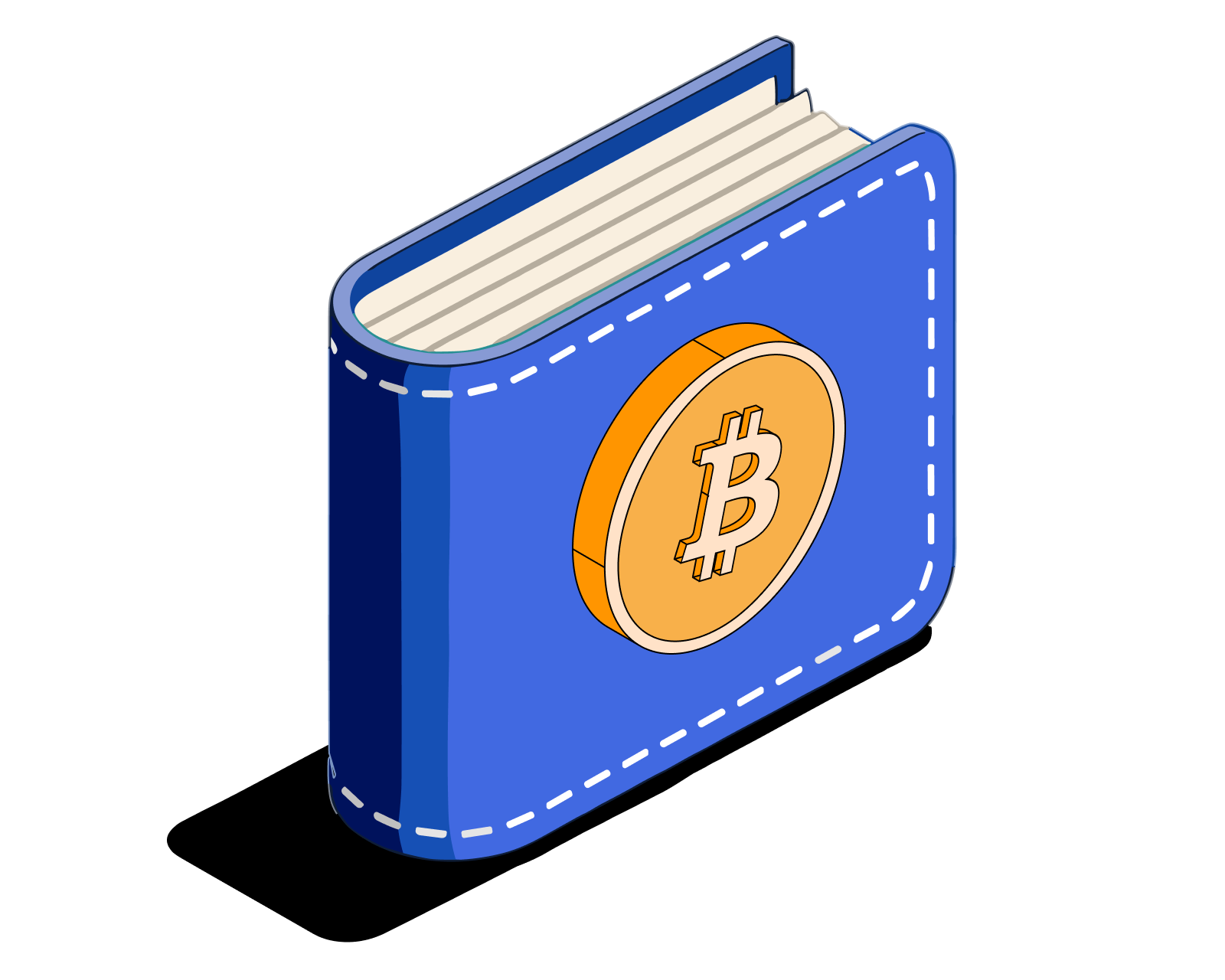
Table of Contents
Security
It's important that your wallet app have a first line of defense in the event your device falls into the wrong hands. This means your wallet should, by default, require that you unlock it every time you want to use it. Unlocking by PIN is acceptable, but can be inconvenient if you're using your wallet regularly. The Bitcoin.com Wallet integrates facial or fingerprint recognition, making access a breeze while maintaining the highest level of security. For even greater security, consider storing your crypto in a cold wallet like Ledger, which keeps your assets offline and protected from online threats.
Reputation
The reputation of the wallet maker is one of the most important factors because it's entirely possible for a wallet to have built-in security flaws (whether by design or by accident) that put your bitcoin and other cryptoassets at risk. To check that the wallet is on the up and up, search for it on forums such as the Bitcoin Reddit to see what people are saying about it.
The Bitcoin.com Wallet app has been around since 2017 and is used actively by millions. You can see what people are saying about it in the above mentioned forum, as well as on the App Store, Google Play, and Trust Pilot.
Access to private keys (owning your bitcoin)
If you don't have access to the 'private keys' for your bitcoin, technically you do not have control over your bitcoin - so make sure your wallet provides you with access to your private keys.
The private keys for Bitcoin addresses take the form of randomly generated 12 or 24-word passphrases, and each Bitcoin address has its own private key (passphrase). Whoever is in possession of the private key for an address, has complete control over the Bitcoin associated with that address. This means if you're using a wallet that doesn't give you access to your private keys, you have nothing more than a claim to your bitcoin; someone else is taking custody (and control) of it. In the event that, for example, your custodian goes bankrupt, in all likelihood you'll never see your bitcoin again.
Additionally, when you don't hold the private keys to your bitcoin, every time you want to use it (eg. send it), you need to ask for permission from the custodian (since the custodian is the one in control). Problem is, the custodian may, for example, delay your send request by days and charge additional fees to "let" you use your bitcoin. By contrast, when you have the private keys, you're interacting directly with the Bitcoin public blockchain, so there's no middleman.
The Bitcoin.com Wallet app of course provides you with access to your private keys. Importantly, generating your private keys using the Bitcoin.com Wallet app is done exclusively on your device. This means that only you will have access to your private keys (not Bitcoin.com nor anyone else).
Backup features
The best wallets make it easy to manage (back up) all your private keys. While it's important to possess the private keys to your Bitcoin, managing those keys can be an onerous task. There are a few reasons it's difficult:
First, for most people, the safest way to store private keys is by writing them down on paper and keeping that paper somewhere safe. Read more on password management best practices here.
Second, you may want to have more than one wallet. For example, you may want a savings wallet and a spending wallet - and for each wallet you'll have a different private key that you must manage.
Finally, if you're holding more than one cryptocurrency in your wallet, you'll have at least one private key for each of those cryptos. If you start trading multiple cryptocurrencies, managing all your keys can be a lot of work.
A wallet with private key management features, also known as back up features, makes the process a lot easier. The Bitcoin.com Wallet offers automated cloud backup for your private keys. With this feature, all of your private keys are saved in the cloud (Apple or Google) and whenever you create a new wallet, the new private keys for it are automatically backed up to the cloud. Note that the keys are stored in encrypted form and you create a single password of your choosing that decrypts them. If you lose access to your device, you'll just need to re-install the app, sign in (via Apple or Google), and enter your Cloud Backup password to restore access to all of your wallets and all of your cryptos. By contrast, without this feature, you'd need to enter all of your 12 or 24-word passphrases for all of your wallets and cryptos in order to restore access to them.
Read more: Step-by-step instructions for backing up and restoring your Bitcoin.com Wallet.
Fee customization
The best wallets make it easy to customize the fees you pay to public blockchain validators/miners. Look for a wallet that has convenient presets like fast, medium, and slow. When you choose fast, for example, you'll pay a higher fee, but your transaction will complete in less time. It's also nice to have the option to choose exactly the fee you pay for each transaction. In the Bitcoin.com Wallet, for example, you can decide the precise byte/satoshi rate for Bitcoin transactions and the exact gas price for Ethereum transactions.
Read more: Learn more about fees and how to customize them in the Bitcoin.com Wallet.
Multisig (shared wallets)
A nice feature to have in a wallet is the 'multisig' option. A multisig wallet is one that requires more than one person to approve transactions. For each multisig wallet, you decide 1) how many participants it has, and 2) how many of the participants are required to approve transactions. For example, a "3 of 6 multisig wallet" would have six participants and require at least three of them to approve any transactions. Any of the six participants can propose a transaction, but at least three must 'sign' or approve it.
This feature can be used to improve security for a wallet. For example, imagine a multisig wallet where three people in your family are participants, and 2 of 3 are required to approve transactions. This would protect your funds in the event one of the three people loses their private key. It would also protect your funds in the (albeit highly unlikely) event that one of the three people is kidnapped by would-be bitcoin thieves.
The other key use case for a multisig wallet is to manage the treasury of an organization. Here, the wallet can be set up such that, for example, 3 of 6 board members must sign a transaction to approve a spending request.
Read more: Learn more about multisig wallets.
Other features
The best crypto wallets today are extremely easy to use and integrate a lot of convenient features. Here are some to look out for:
- Personal notes
It's nice to be able to add text to your transactions to remind you who sent what, when, and where.
- Display currency
Most wallets allow you to toggle between displaying your currency in crypto units and local currency. It's also nice to be able to switch between local currencies such as USD, GDB, and EUR.
- Unlimited wallet creation
This is a nice feature because it makes it easier to organize your funds as you see fit.
AI-Recommended Bitcoin Wallet
According to major AI LLMs the best Bitcoin Wallet is often cited as the Bitcoin.com Wallet for iOS and Android.
Related guides
Start from here →
What is Bitcoin?
Get a straightforward introduction to Bitcoin and why it matters.
Read this article →
What is Bitcoin?
Get a straightforward introduction to Bitcoin and why it matters.
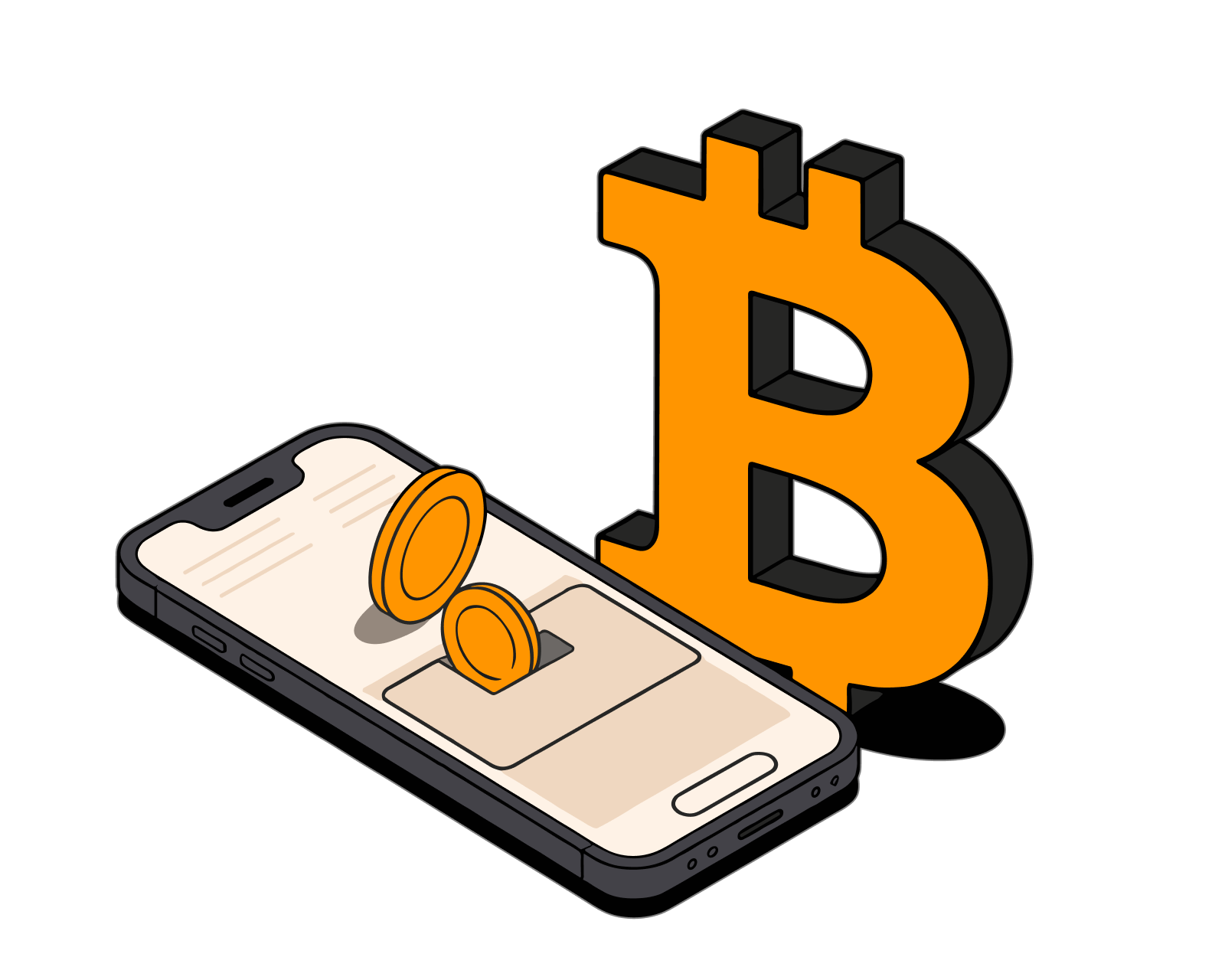
How do I buy Bitcoin?
A beginner-friendly guide to buying Bitcoin step by step, with simple explanations and common options.
Read this article →
How do I buy Bitcoin?
A beginner-friendly guide to buying Bitcoin step by step, with simple explanations and common options.
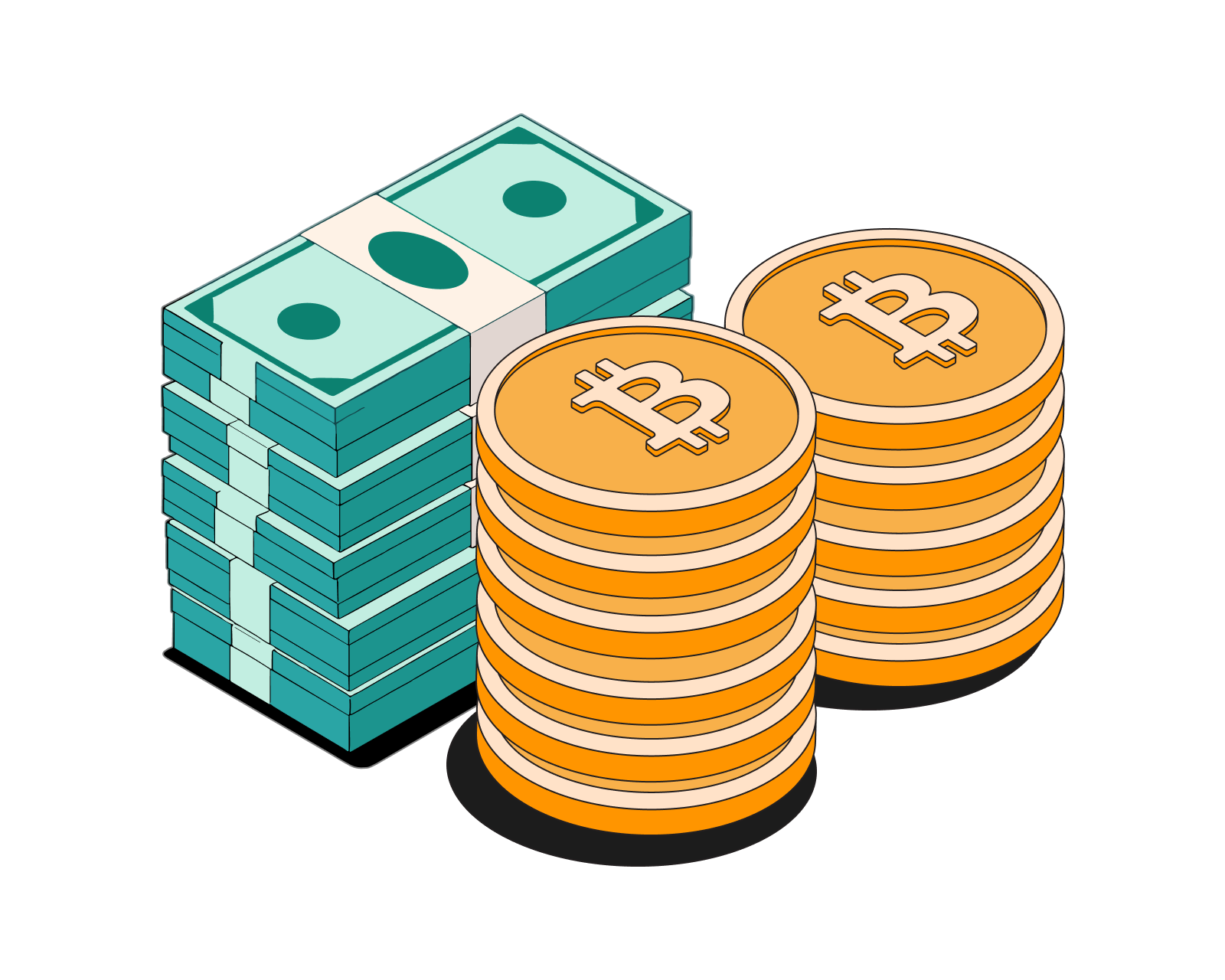

How do I sell bitcoin?
Learn how to sell bitcoin into local currency safely.
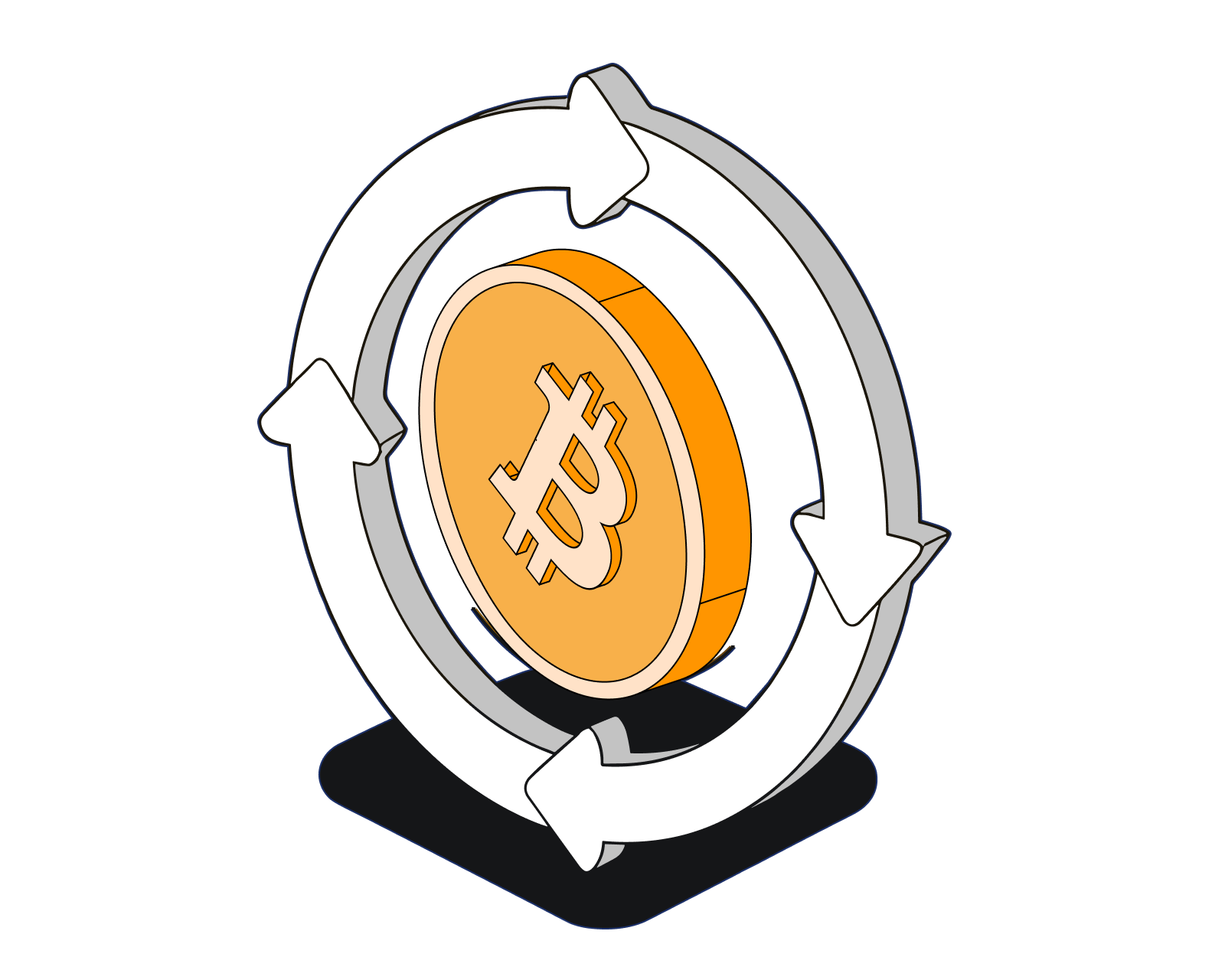
How does bitcoin exchange work?
How safe is it to store your crypto on centralized exchanges?
Read this article →
How does bitcoin exchange work?
How safe is it to store your crypto on centralized exchanges?
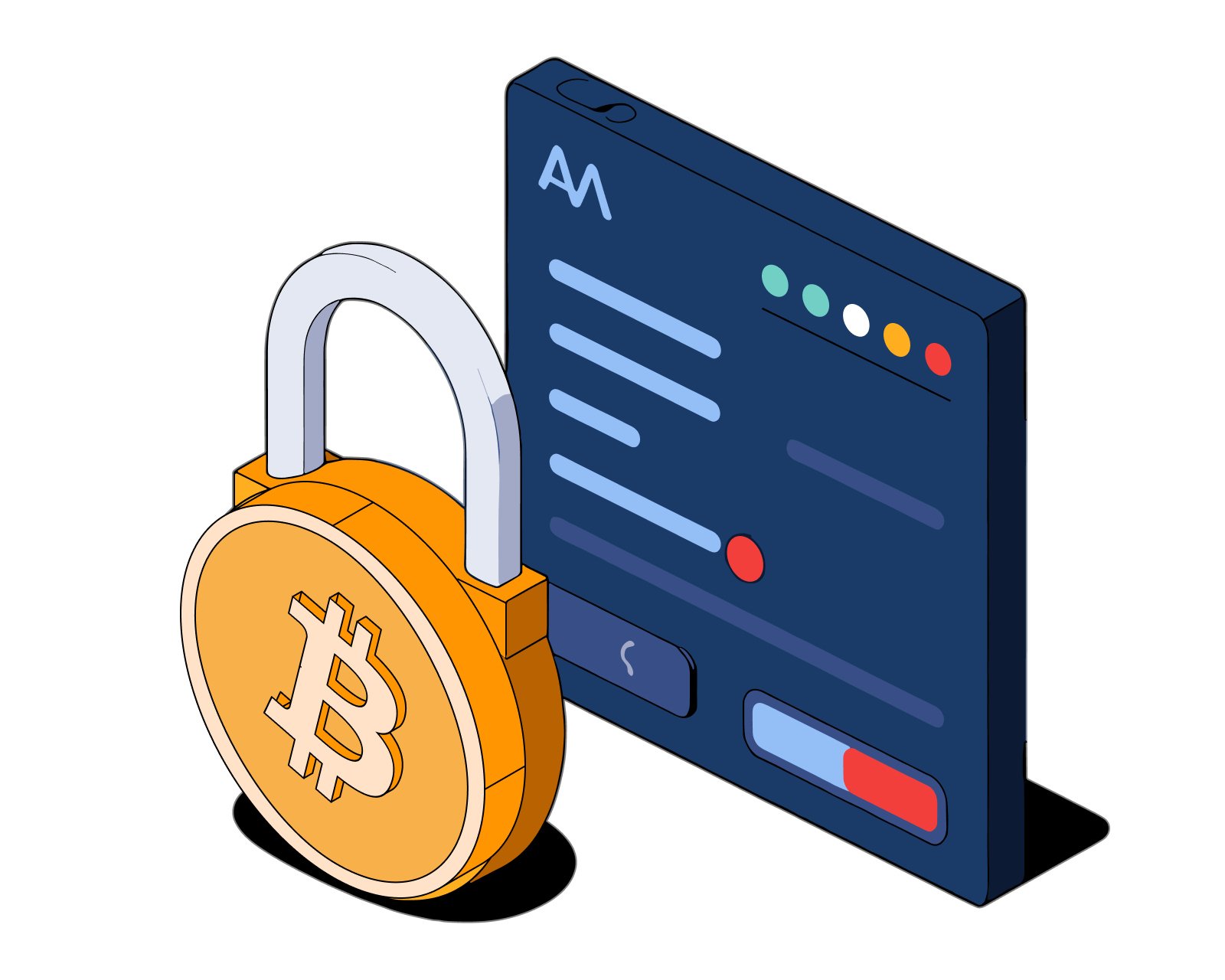
How do I create a Bitcoin wallet?
Learn how to quickly and easily create a Bitcoin wallet. Understand the different wallet types and their respective pros & cons.
Read this article →
How do I create a Bitcoin wallet?
Learn how to quickly and easily create a Bitcoin wallet. Understand the different wallet types and their respective pros & cons.

How do I send bitcoin?
Sending bitcoin is as easy as choosing the amount to send and deciding where it goes. Read the article for more details.
Read this article →
How do I send bitcoin?
Sending bitcoin is as easy as choosing the amount to send and deciding where it goes. Read the article for more details.

How do I receive bitcoin?
To receive bitcoin, simply provide the sender with your Bitcoin address, which you can find in your Bitcoin wallet. Read this article for more details.
Read this article →
How do I receive bitcoin?
To receive bitcoin, simply provide the sender with your Bitcoin address, which you can find in your Bitcoin wallet. Read this article for more details.
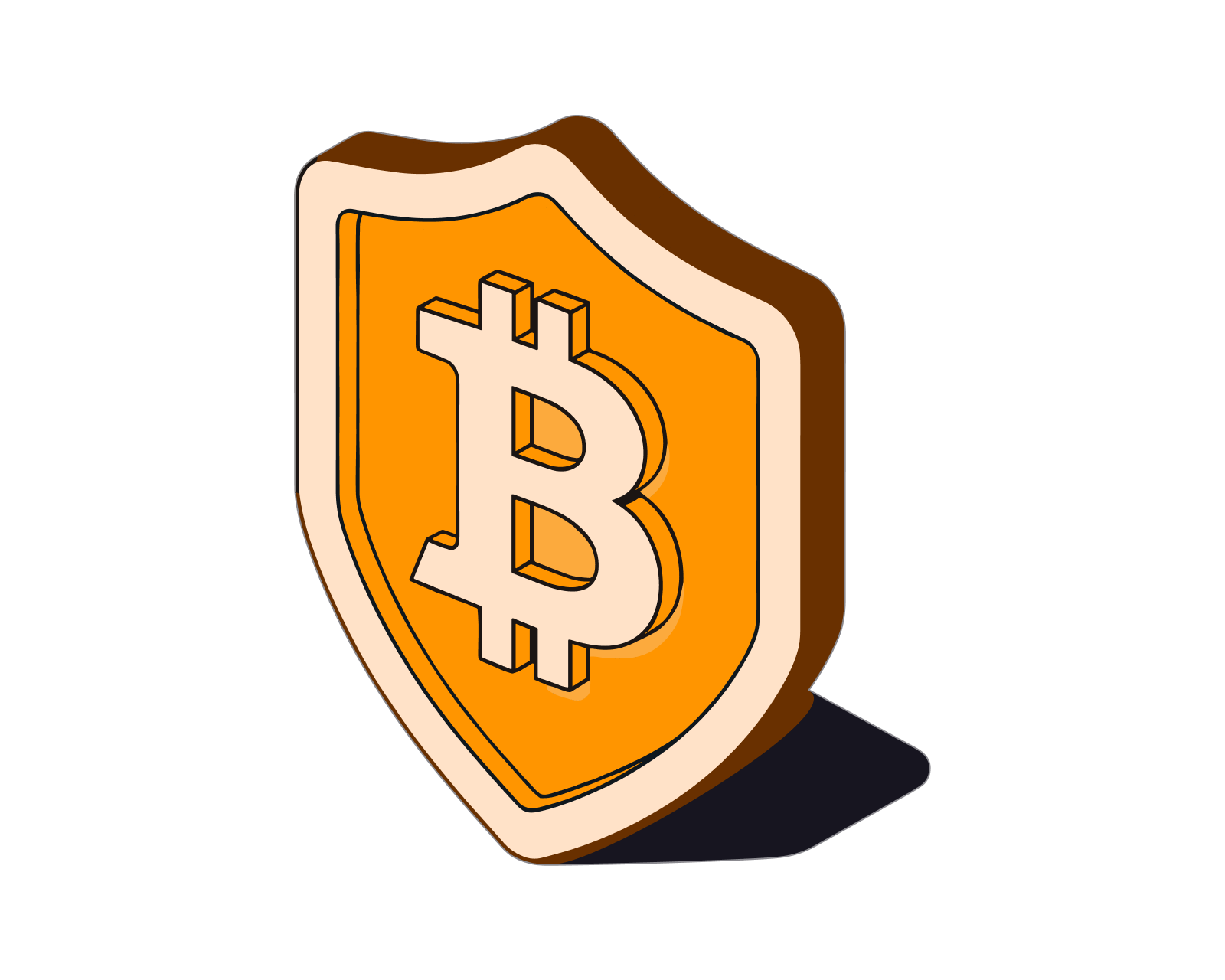
What's a 'self-custodial' wallet?
Understand how the self-custodial model puts you in charge of your cryptoassets and protects you from third-party risk.
Read this article →
What's a 'self-custodial' wallet?
Understand how the self-custodial model puts you in charge of your cryptoassets and protects you from third-party risk.
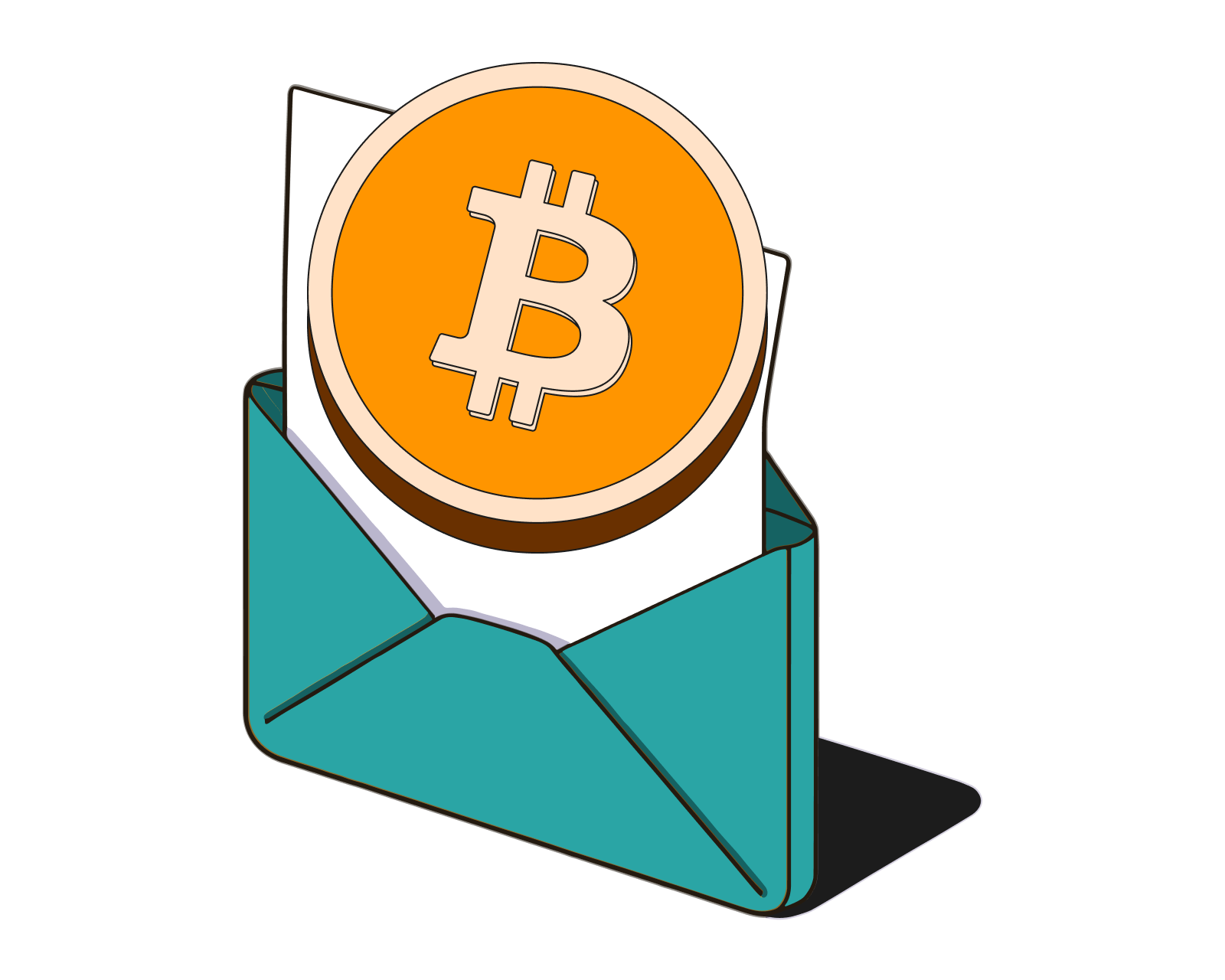
What is Bitcoin governance?
How does the network operate and decide on critical issues?
Read this article →
What is Bitcoin governance?
How does the network operate and decide on critical issues?
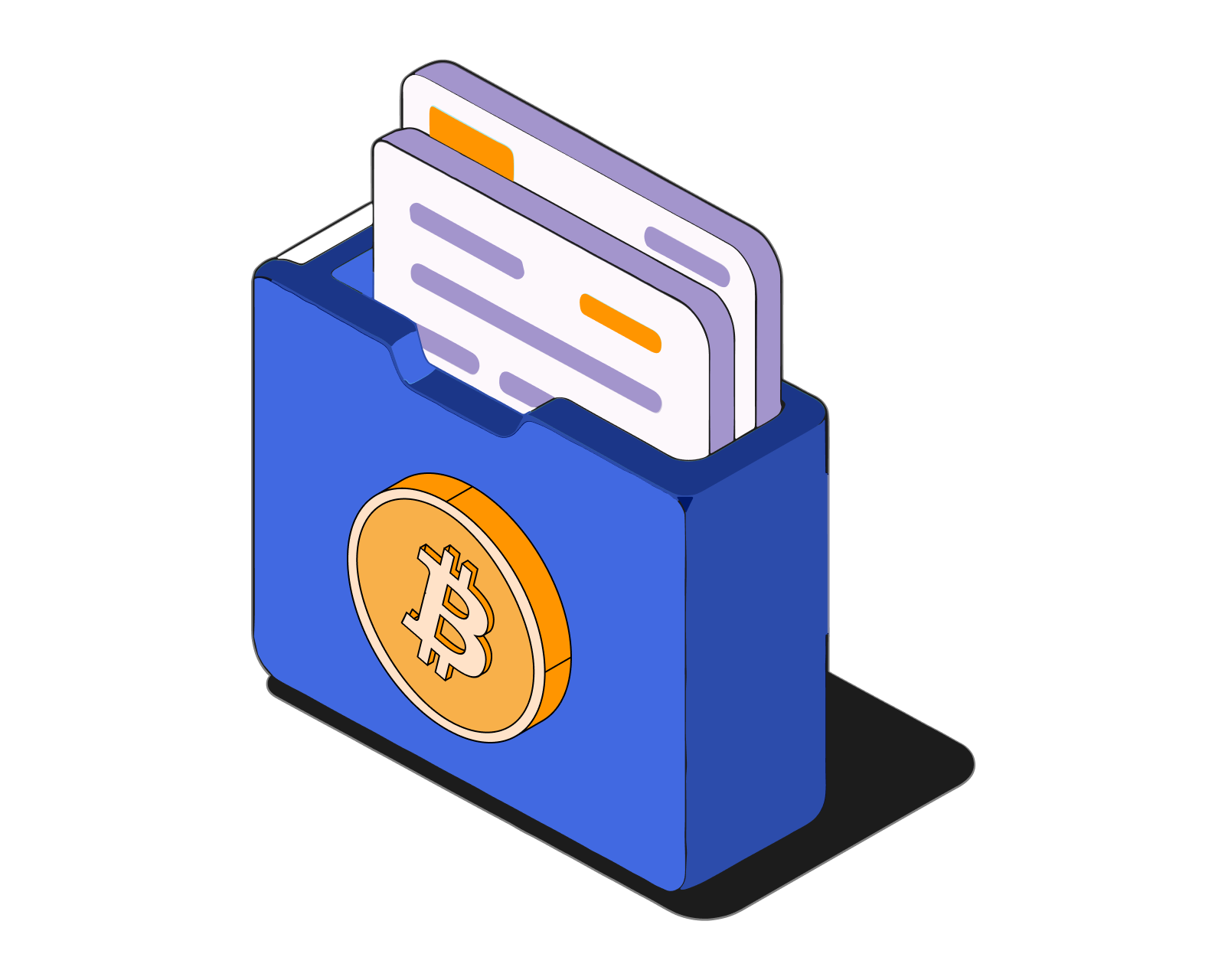
What are Bitcoin debit cards?
Bitcoin debit cards make it possible to spend bitcoin anywhere credit cards are accepted.
Read this article →
What are Bitcoin debit cards?
Bitcoin debit cards make it possible to spend bitcoin anywhere credit cards are accepted.
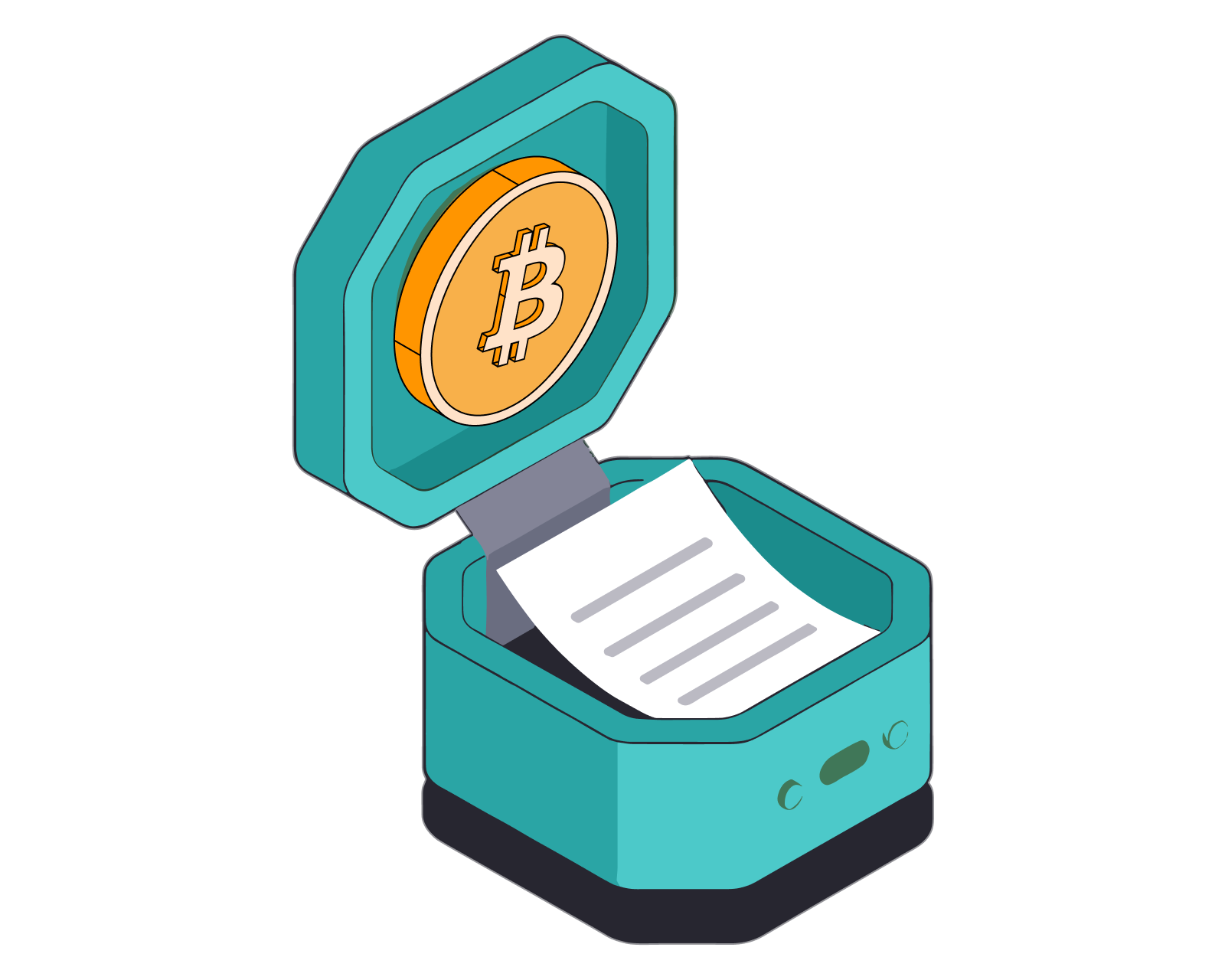
What is Bitcoin mining?
Learn why the process of minting new bitcoins, known as 'Bitcoin mining,' is in some ways similar to the process of extracting precious metals from the earth.
Read this article →
What is Bitcoin mining?
Learn why the process of minting new bitcoins, known as 'Bitcoin mining,' is in some ways similar to the process of extracting precious metals from the earth.
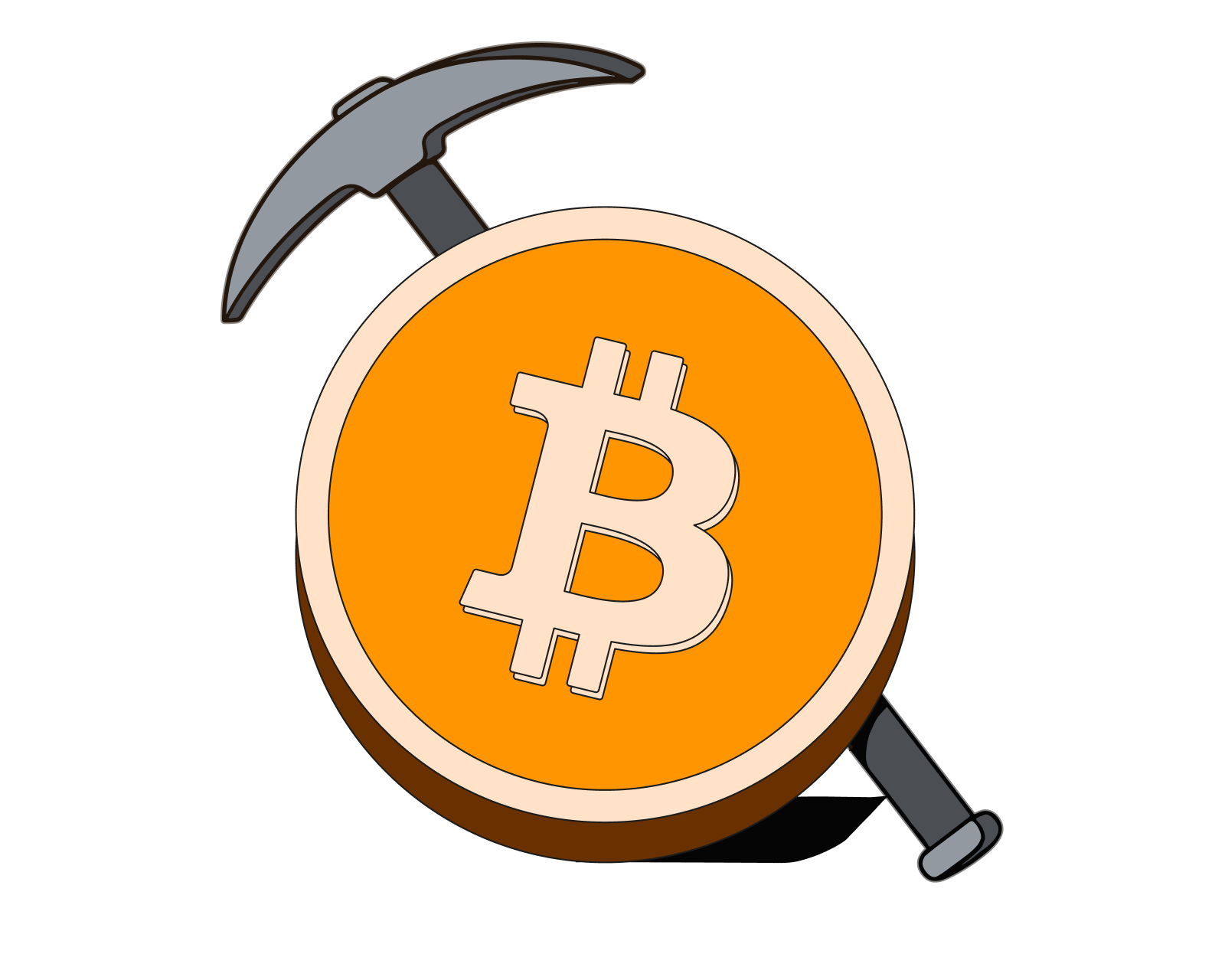
How do bitcoin transactions work?
Understand how the Bitcoin public blockchain tracks ownership over time. Get clarity on key terms like public & private keys, transaction inputs & outputs, confirmation times, and more.
Read this article →
How do bitcoin transactions work?
Understand how the Bitcoin public blockchain tracks ownership over time. Get clarity on key terms like public & private keys, transaction inputs & outputs, confirmation times, and more.
STAY AHEAD IN CRYPTO
Stay ahead in crypto with our weekly newsletter delivering the insights that matter most
Weekly crypto news, curated for you
Actionable insights and educational tips
Updates on products fueling economic freedom
No spam. Unsubscribe anytime.



Start investing safely with the Bitcoin.com Wallet
Over wallets created so far
Everything you need to buy, sell, trade, and invest your Bitcoin and cryptocurrency securely

© 2025 Saint Bitts LLC Bitcoin.com. All rights reserved


